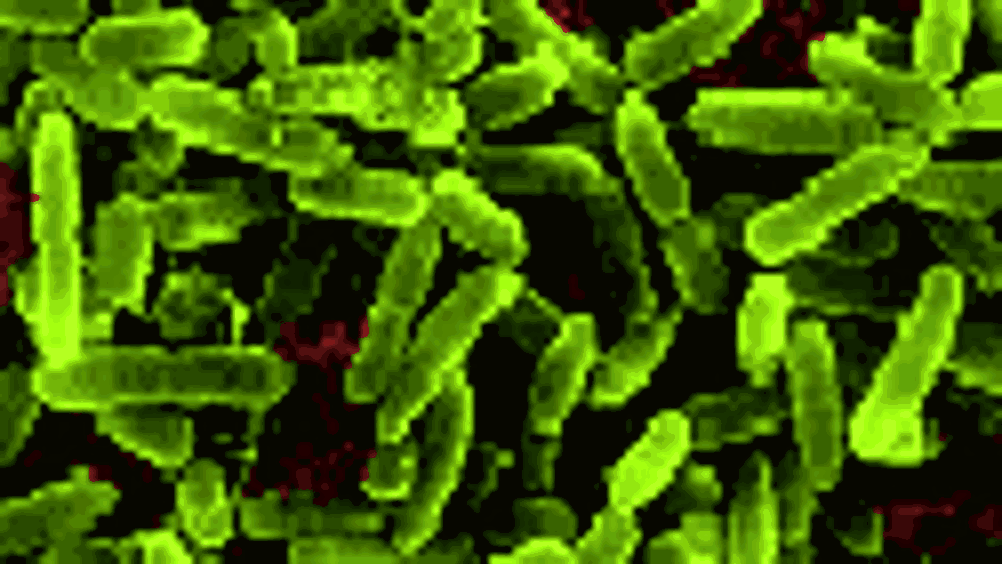Bacteria spotter
Pioneering work at the Canadian University of Waterloo has the potential to radically improve the response time of identifying and treating infectious disease.

Pioneering work at the
by Chemistry Professor Susan Mikkelsen and former PhD student Peter Ertl has the potential to radically improve the response time of identifying and treating infectious disease.
Based on a new advanced electrochemical technique, unknown bacteria and the antibiotics to which the bacteria are most susceptible can be identified. The method can provide test results in less than 30 minutes from a clinical isolate, which is much less than current technology that generates results somewhere between four hours and 72 hours.
As a result, patients can be placed on more appropriate and effective antibiotics much more quickly. In addition, hospitals can manage contagious disease and secondary infections with greater knowledge and improved efficiency.
Most established, commercially available methods rely on the observation of growth over a longer period of time (four hours to several days). These existing methods compare the extent of growth for microorganisms cultivated in the absence and the presence of antibiotic.
Register now to continue reading
Thanks for visiting The Engineer. You’ve now reached your monthly limit of news stories. Register for free to unlock unlimited access to all of our news coverage, as well as premium content including opinion, in-depth features and special reports.
Benefits of registering
-
In-depth insights and coverage of key emerging trends
-
Unrestricted access to special reports throughout the year
-
Daily technology news delivered straight to your inbox










UK Enters ‘Golden Age of Nuclear’
Anybody know why it takes from 2025 to mid 2030's to build a factory-made SMR, by RR? Ten years... has there been no demonstrator either? Do RR...